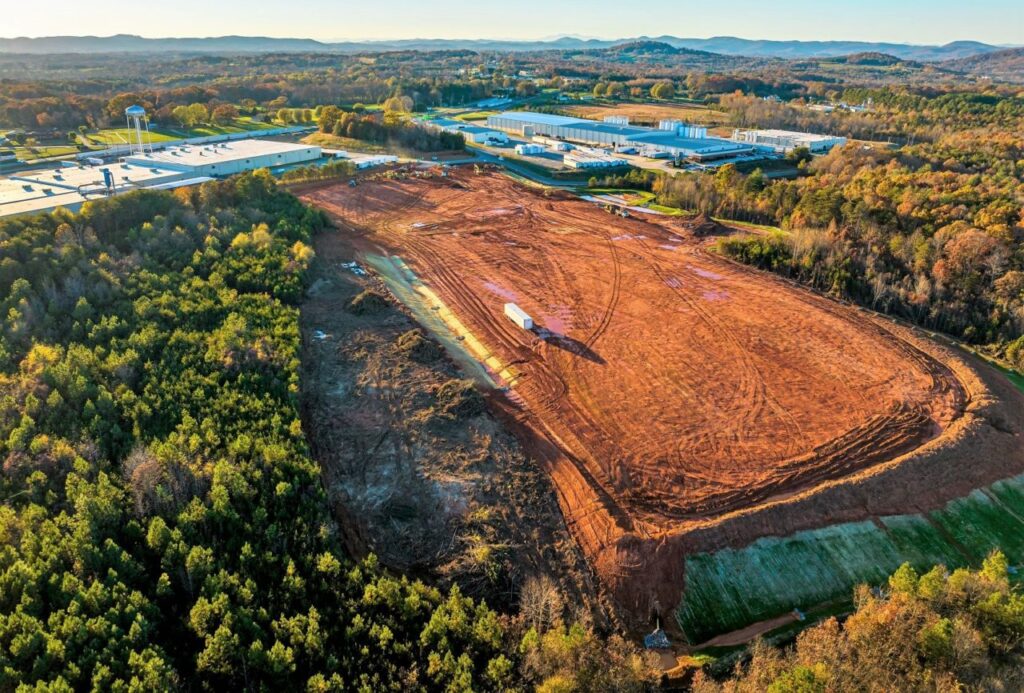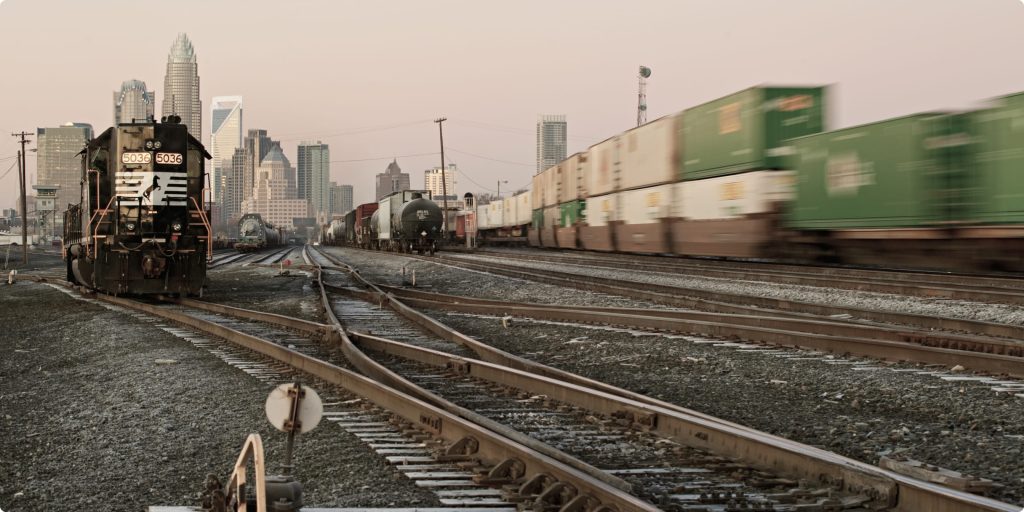Track Protection & Flagging
Our Roadway Workers-in-Charge (RWIC) ensure seamless coordination during pre-construction, construction, repair, and maintenance projects in the rail corridor. These professionals are seasoned railroaders, equipped with the training and expertise needed to help you safely complete your projects around the railroad. Currently, we are authorized to provide flagging services on the Norfolk Southern System.

A thorough job briefing is the most essential activity of the day.
Services Request
To arrange Flagging Services, email our Track Protection Program at tpp@ncrr.com. Please include your projected start date and job duration as well as the job milepost and NS Activity #.




